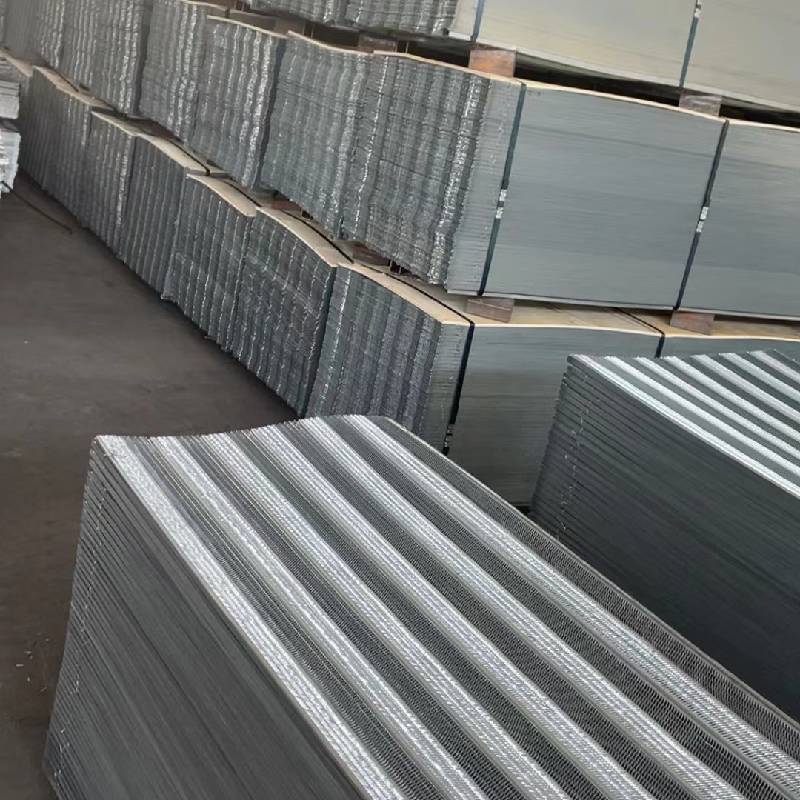
- Mobile Phone
- +8613931874955
- sales@cntcmetal.com
what is an extension spring
An extension spring is a type of mechanical spring that is designed to absorb and store energy while allowing a load to extend and retract smoothly. Unlike compression springs, which are designed to handle loads applied in a compressive manner, extension springs are typically loaded in tension. They are widely used in various applications due to their versatility and ability to provide resistance when pulled apart.
.
One of the primary characteristics of extension springs is their ability to return to their original shape after deformation. This feature is crucial for applications where a consistent force is needed, such as in garage doors, trampolines, and various automotive components. The rate of extension, or the amount of force required to stretch the spring a certain distance, is determined by the spring constant, which depends on factors such as the wire diameter, the number of coils, and the material used.
what is an extension spring

In terms of design and manufacturing, engineers must consider several factors when selecting an extension spring for a specific application. These include the maximum load that the spring will experience, the desired elongation, and the environment in which it will operate. Additionally, proper installation is essential to ensure that the spring functions effectively and has a long service life.
In conclusion, extension springs are crucial components in many mechanical systems, providing essential functionality through their ability to store and release energy. Their design allows for flexibility and durability, making them suitable for a wide range of applications. Whether in everyday household items or specialized industrial equipment, extension springs play a vital role in facilitating movement and providing needed tension in various mechanical assemblies. Understanding their mechanics and proper usage is essential for anyone involved in engineering or design.
share:
-
Wall Ties for Concrete: Invisible Guardians of Building Structural StabilityNewsAug.08,2025
-
Timber Frame Wall Ties: Stable Bonds for Load TransmissionNewsAug.08,2025
-
Stainless Steel Woven Wire Mesh: A versatile material from boundary protection to functional supportNewsAug.08,2025
-
Powder Coat Coil Springs: Creating peace of mind and reliability with sturdy protectionNewsAug.08,2025
-
Floor Standing Sign Holder: A Powerful Assistant for Flexible DisplayNewsAug.08,2025
-
Binding Iron Wire: An Invisible Bond for Building StabilityNewsAug.08,2025
-
Yard Sign Stakes: Reliable Guardians of Outdoor SignsNewsAug.04,2025



















